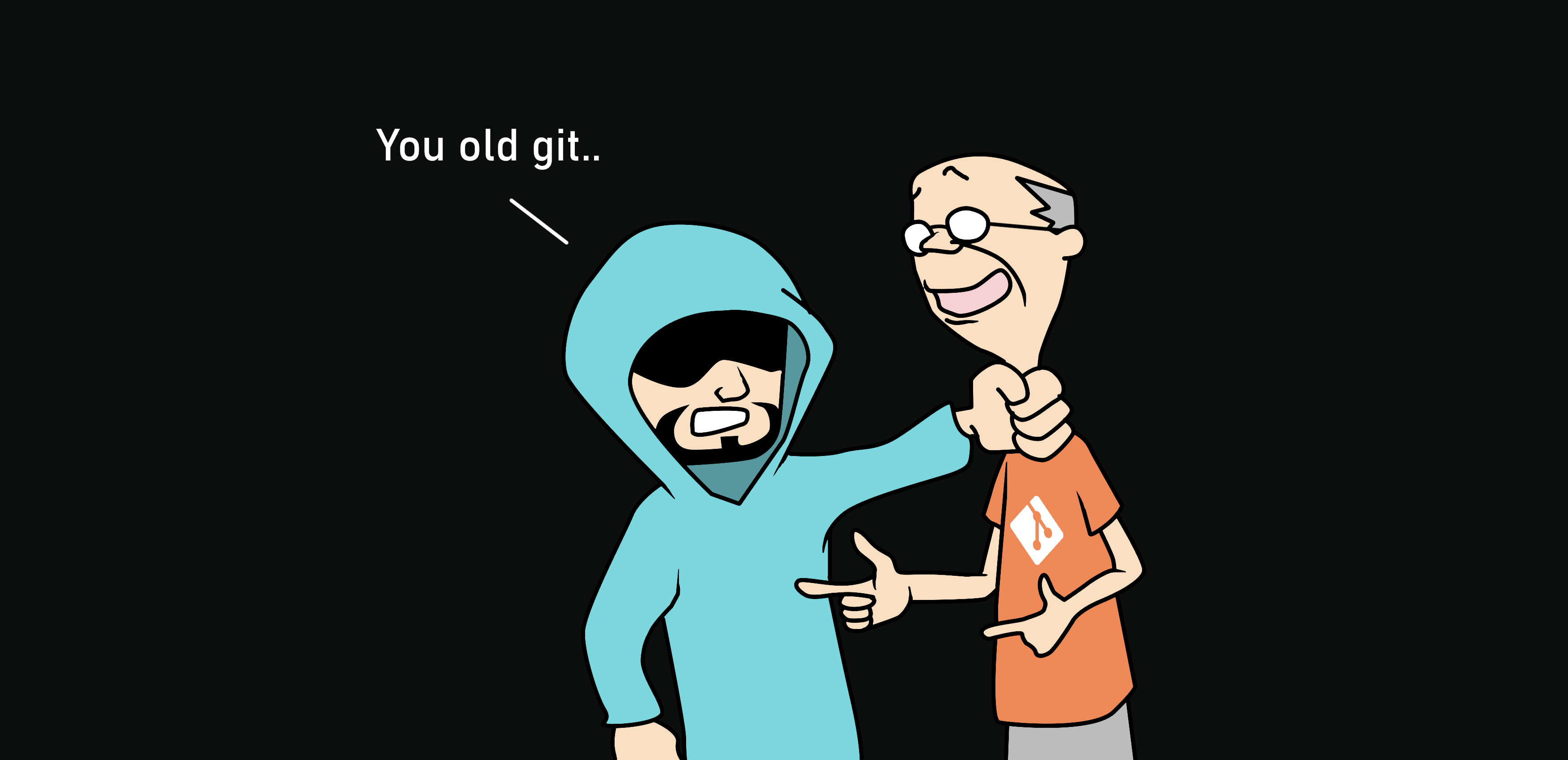Getting To Grips With GIT

Creating a Git development branch
You can list all of your current branches like this:
git branch -a
This shows all of the local and remote branches. Assuming you only have a single master branch, you’d see the following:
* master
remotes/origin/master
The * means the current branch.
To create a new branch named development, use the following command:
git checkout -b development
The -b flag creates the branch. Listing the branches now should show:
* development
master
remotes/origin/master
Changing branches
It would be best not to commit anything directly to the master branch. Instead, do all your work on the development branch and then merge your work into the master branch whenever you have a new public release.
You are already in your development branch, but if you weren’t, the way to switch is as follows:
git checkout development
That’s the same way you create a branch but without the
-b.
Making changes on the development
When making changes, add and commit as usual:
git add .
git commit -m "Use a useful comment to identify the commit."
The first time you push to your remote, do it as follows:
git push -u origin development
The -u flag stands for --set-upstream. After the first time, you only need to do it like this:
git push
Merging development to master
Once your developed code is ready to be merged into your master branch, you can do it like so:
First switch to your local master branch:
git checkout master
To merge development into master, do the following:
git merge development
Then push the changes in local master to the remote master:
git push
Deleting a branch
If you don’t need the development branch anymore, or you want to delete it and start over, you can do the following:
Delete the remote development branch:
git push -d origin development
Then delete the local branch:
git branch -d development
The -d means delete.

